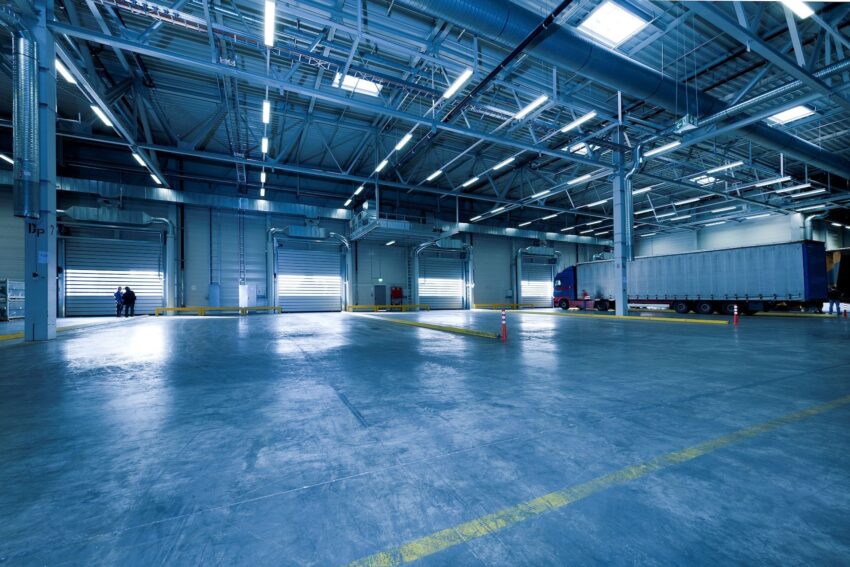If you are in the market for a high bay light fixture, you will want to know a few things. One of the most important aspects to consider is the mounting style. There are several different styles, including suspension hook mount and linear LED high bays. However, choosing the correct mounting type based on your space and the desired effect is essential.
Suspension hook mount
Suspension hook mounts for high bay lighting can be used in a variety of settings. These high bay LED lights are usually suspended from a roof at a variable distance. These fixtures are easy to install and typically require no modifications to the mounting location. They are commonly used to hang UFO-style high bay lights.
Suspension hook mounts are the simplest to install and usually require only one attachment point. They work best in areas with high ceilings, such as warehouses. The light they provide has an average 120-degree beam angle and can be hung anywhere from 13ft to 42ft above the floor.
To install suspension hook mounts, you must first install steel pipe in the ceiling. Once this is done, attach the U-shaped brackets to the steel pipe using 3/4 NPT. Then, attach the fixture to the hook using screws. Be sure to turn the circuit breaker before connecting the chain. After installation, you must mark the ceiling with a sharp tool.
Round LED high bays
are an excellent choice for high-ceilinged applications. They don’t require reflectors and allow for a more compact design. They can also withstand harsh environments, such as car washes, grain processing plants, and industrial laundries. And because of their long lifespan, they’re even eligible for rebates.
Although round LED high bays are not ideal for every situation, they still have their place in the market. If you need a high bay with a long production line or workbenches, you might want to choose a rectangular linear option. Round LED high bays are also ideal for several applications.
Round LED high bay fixtures to hang from a high ceiling and produce long-lasting, bright light.
Additionally, they have minimal heat, so that you can save on cooling costs. These fixtures also require very little maintenance.
Linear LED high bays
are extremely easy to install. The panels are made of durable polycarbonate material and can be moved independently. They can also be tightened up to 60 degrees. Their solid construction allows them to work well in warehouses, retail centers, and other commercial settings. They are compatible with 120 to 277 volts.
Linear LED high bays can drastically increase energy efficiency and reduce maintenance costs. They are also very long-lasting. The energy savings of these lighting fixtures can be up to 30% higher than conventional lights. They can also reduce the risk of premature failure of driver components due to overheating.
Metal halide high bays
are suitable for general lighting in retail, warehouses, and equipment staging areas. Their superior lumens per watt and pulse start feature help them reach total restrike luminance in two minutes or less. This means less energy consumption and lower energy bills for your clients.
One disadvantage of metal halide lighting is that it is omnidirectional, meaning half of the light is reflected or redirected. This means metal halide high bay fixtures are less energy-efficient than directional lights. However, they are still a good option for areas with high ceilings, such as warehouses, barns, or large open areas.
If you’re interested in buying a new metal halide high bay light, you’ll be happy to know that you have many choices. These high bay lights can provide up to 400W of light and are compatible with both 120V and 277V AC power. They are also available in a swivel pendant mount and a malleable hook mount.
T-bay fixtures
The number of high-bay fixtures required depends on various factors. For example, the number of lumens per fixture will determine how many lights are needed to provide adequate lighting. Another factor is the height of the fixtures from the floor. The higher the lights, the more lumens are required for good illumination.
In terms of lumen output, T-bays can produce up to 30,000 lumens. However, this is unusual for high bay fixtures, usually used in industrial settings. Nonetheless, they provide excellent light spread and are very energy efficient. Moreover, they don’t require regular maintenance.

